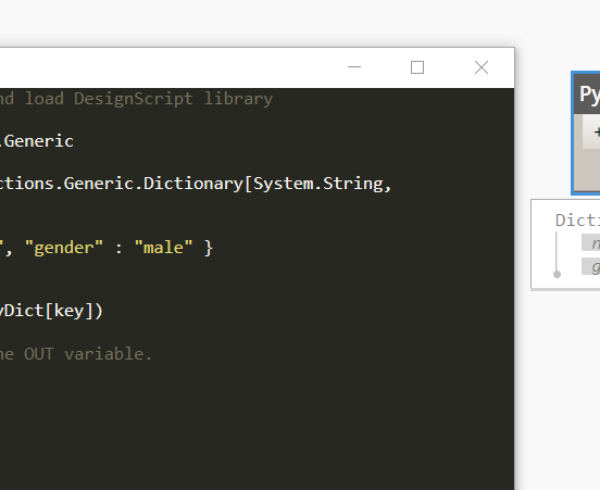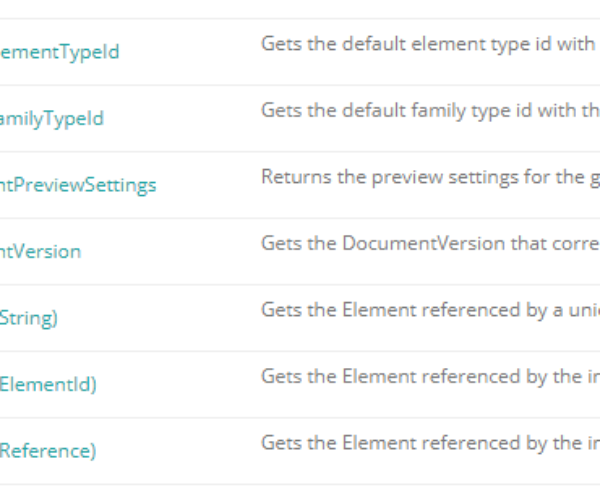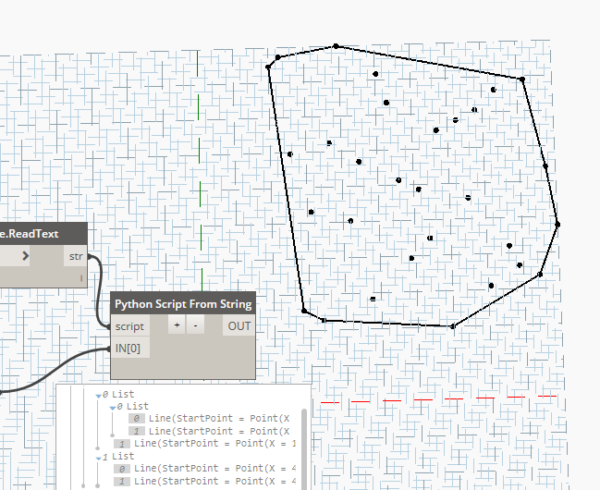Description
Perhaps not the most useful application in Dynamo however a pretty cool exercise. Line distribution along a polycurve is especially important when you want to determine the curvature degree along the curve for road projects. This exercise will open a door in that direction.

Utilitary class (handles list checks and list unwrapping)
import clr
clr.AddReference('ProtoGeometry')
from Autodesk.DesignScript.Geometry import *
import re
#utilitary
class utils:
ul = [];
def __init__(self):
self.ul = [];
def isIterable(self, unit):
t1 = t2 = False;
if(isinstance(unit, (tuple, set, list, dict))):
t1 = True;
if(hasattr(unit, "__iter__")):
iterstr = str(unit.__iter__());
if(re.search("System.Array", iterstr)):
t2 = True;
return (t1 or t2);
def UnwrapList(self, list):
self.ul = [];
if(self.isIterable(list)):
self.UnwrapL(list);
return self.ul;
else:
return list;
def UnwrapL(self, unit):
if(self.isIterable(unit)):
for item in unit:
self.UnwrapL(item);
else:
self.ul.append(unit);
ut = utils();
Functions used to calculate and create the lines directions, lengths and positions
#main functions def getPerpVector(curve, parameter): TP = curve.TangentAtParameter(parameter); VT = Vector.Rotate(TP, Vector.ZAxis(), 90); return VT; def getPerpLine(curve, parameter, length): perpVector = getPerpVector(curve, parameter); pointAtParam = curve.PointAtParameter(parameter); L = Line.ByStartPointDirectionLength(pointAtParam, perpVector, length); return L; def composeLNF(Arc_Length, Arc_Parameters): ALU = Arc_Length; APU = Arc_Parameters; ALU_L = len(ALU); APU_L = len(APU); N = []; P = []; for index1 in range(ALU_L - 1): N.append([]); LLeft = ALU[index1]; LRight = ALU[index1 + 1]; for index2 in range(APU_L-1): steper = float(index2) / (APU_L-1); Dist = float(LLeft) + (float(LRight) - LLeft) * steper; N[index1].append(Dist); N.append(ALU[ALU_L - 1]) P = ut.UnwrapList(N); P_L = len(P); segment = float(P_L) / APU_L; LE = []; #return segment for index3 in range(APU_L): newIndex = int(float(P_L-1) / (APU_L-1) * index3) resIndex = int((index3 * segment)); LE.append(P[newIndex]); return LE;
Because the input can be jagged (varying size) we need a function to deal with these inputs and it has to be recursive:
#iteration along various array sizes. def returnElements(Arc_Curves, Arc_Parameters, Lengths): if(isinstance(Arc_Curves, (list, tuple))): retList = []; for Arc_Curve in Arc_Curves: retList.append(returnElements(Arc_Curve, Arc_Parameters, Lengths)); return retList; elif(isinstance(Arc_Parameters, (list, tuple))): retList = []; for index, Arc_Parameter in enumerate(Arc_Parameters): try: retList.append(getPerpLine(Arc_Curves, Arc_Parameter, Lengths[index])); except: retList.append(False); return retList; else: return getPerpLine(Arc_Curves, Arc_Parameters, Lengths)
These final lines of code will create the lengths for all the parameters given as input. E.G. You can provide 100 parameters (from 0 to 1) and 3 lengths for the curves. These lengths will be evenly distributed from the beginning to the end of the main curve, and for all the input parameters a proper length is assigned.
#input data assignment Arc_Curves = IN[0]; Arc_Parameters = IN[1]; Arc_Length = IN[2]; #input data clean up if(ut.isIterable(Arc_Parameters)): Arc_Parameters = ut.UnwrapList(Arc_Parameters); if(ut.isIterable(Arc_Length)): Arc_Length = ut.UnwrapList(Arc_Length); Lengths = composeLNF(Arc_Length, Arc_Parameters); else: Arc_Length = [Arc_Length]; Lengths = composeLNF(Arc_Length, Arc_Parameters); else: if(ut.isIterable(Arc_Length)): Lengths = False; else: Lengths = Arc_Length
At the end, create the output, wrap it all under a custom node and use it as below:
#executing Result = returnElements(Arc_Curves, Arc_Parameters, Lengths); OUT = Result, Lengths












